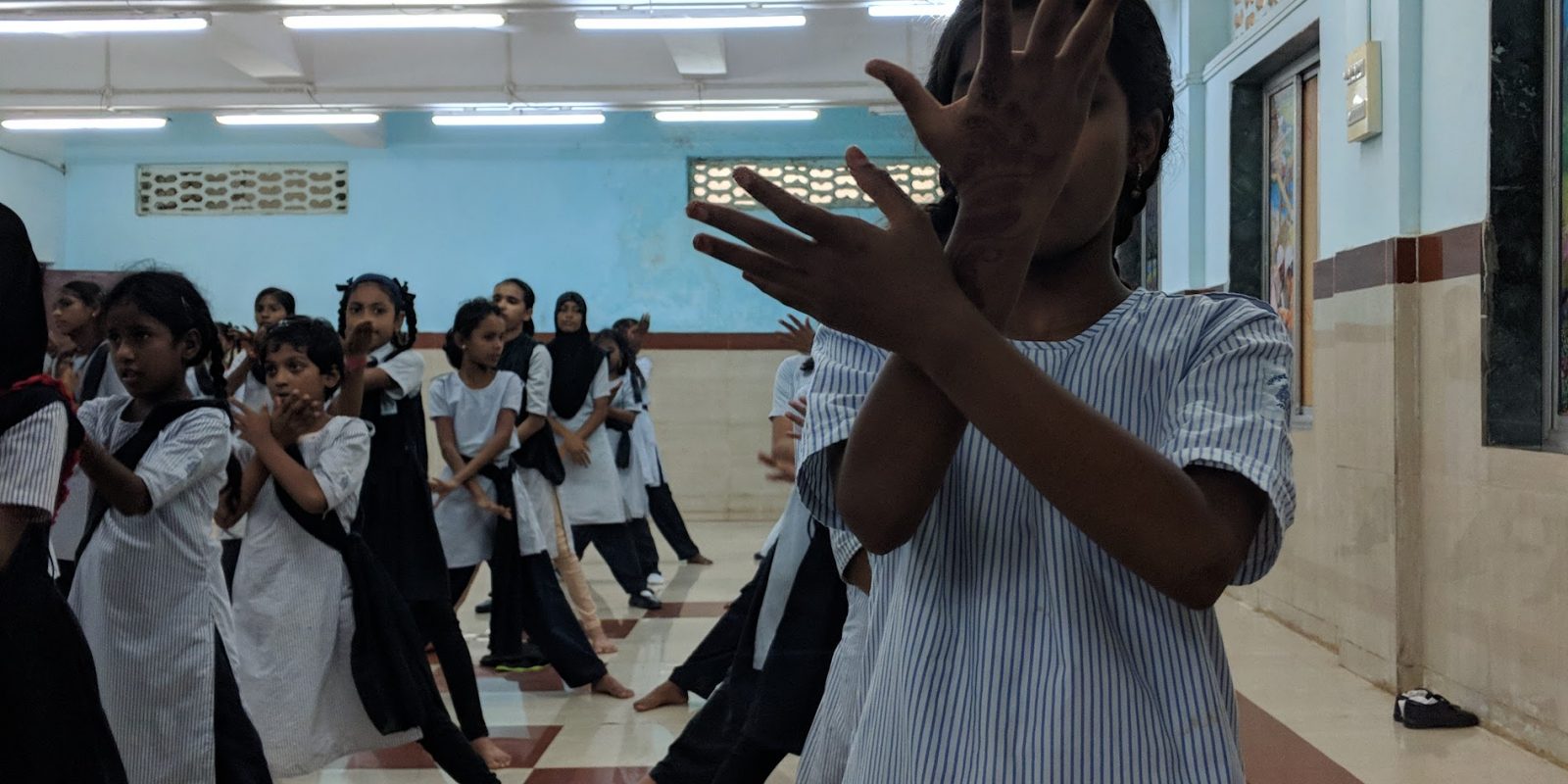Empowerment Self-defence is a ‘feminist version’ of self-defence that came about during the rise of the feminist movement in the 1970’s. When more women discovered martial-arts and the so-called self-defence programs packaged for women and girls, they realised that those programs had little value for the purpose they were being sold for- as a response to gender based violence.
It became evident that the entire industry was male-dominated with little or no lived experience of how gender based violence takes place, let alone design for the specific needs of women. Not only was traditional self-defence ineffective in helping women and girls feel safe over a longer duration, but it also ‘prescribed’ attacks and defences causing a larger harm to the community by perpetrating the same ‘victim-blaming mindsets’. Empowerment self-defence then emerged as a movement driven largely by women from different parts of the world, with knowledge of physical and verbal strategies that can be useful and relevant in deterring gender based violence. The physical movements changed from ‘stranger-danger’ tactics to be better oriented with the continuum of violence.

While some physical moves have been retained or modified from traditional martial arts or wrestling, a large focus of the training is on the use of voice and assertiveness. There’s a specific focus on establishing that survivors are never to be blamed and no moves are prescribed – the fundamental being that any move that keeps YOU safe, is self-defence – even if it means to not respond immidiately.
ESD also focuses on helping women to move away from self-doubt and listen to their inner voice. A large part of why women are unable to respond to violence or threats is because society has trained them to ‘cause-less-trouble’ and react passively. The training helps women to practice bodily (body language) and verbal responses helping them feel more confident of facing threats and increasing the likelihood of responses in actual threats.
ESD and much more. We are interested in how the absence of violence can help achieve better outcomes for girls. In that sense, violence prevention is a means to a bigger end and not just an end in itself. What bothers us is – what decisions would a girl make for herself if she is not afraid of being beaten, followed or harassed? Will she continue school, because she knows nothing can happen on the way? Will she not face forced marriage because her ‘honour’ isn’t in jeopardy? Will she demand for more freedom if she knows she can take care of herself?
MukkaMaar’s programs are long-term because we realise that violence is systemically enabled and internalised by girls and women. If they are to really believe in their own power for life, they need a lot more support than a course of a few hours. We use the fundamentals of ESD, and combine them with fitness, awareness, debates, discussions so girls find a safe space and community of shared values. This helps them see the potential of their bodies, voice and mind and believe that they deserve an equitable and just society.
- Prescriptive
- Stranger-danger
- Short-term
- Only physical techniques
- Nor designed for gender based violence
- Facilitated by people with patriarchal mindsets
- Speak of violence as if it happens in isolation
- No focus on community
- Suggestive – choice based
- Continuum of violence
- Long-term
- Physical, verbal and mental strategies
- Designed for girls
- Facilitated by gender sensitised Fellows (Dost)
- Address the culture that facilitates violence
- Focussed on safe spaces and community building